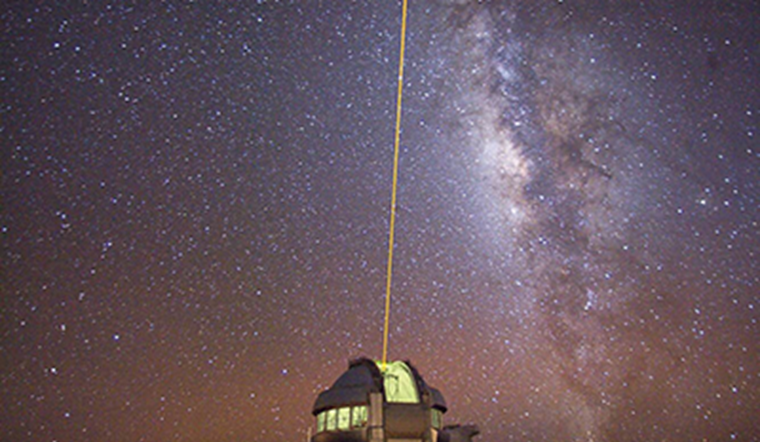
Making History: TNO’s contribution to the Einstein Telescope
Realising the Einstein Telescope – Europe’s most advanced underground observatory for measuring gravitational waves – requires instrumentation that isn’t just state-of-the-art, but hasn’t even been invented yet. TNO is contributing its expertise and experience to making the Einstein Telescope a reality. As coordinator of two key consortia and a major contributor to a third, TNO is bringing all of its knowledge to bear for this historic development.
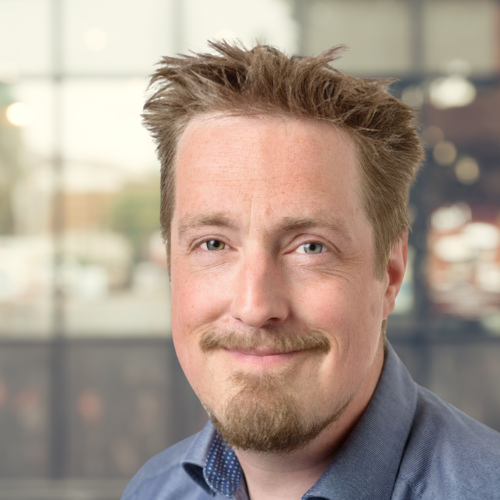
‘As an applied research institute, TNO has all the technological disciplines and key integration expertise under one roof. We are well equipped to see an R&D project through to the end, including building complex hardware systems.’
Insight into the past
TNO and several Dutch partners aim to help scientists look deeper into the past than ever before possible. The Einstein Telescope (ET) will be more than ten times more sensitive than existing gravitational wave observatories, and will enable astronomers to look back as far as 12 to 13 billion years into cosmic history. To do so requires measurement sensitivities better than 1/10 the size of an atom. This pushes the technological boundaries of what is currently possible, and requires cutting-edge support systems and components. In addition to the 26 Dutch organisations contributing to ET, dozens of organisations throughout Europe will lend their expertise to realising this history-making observatory.
ET will be constructed 200 to 300 metres underground and will reach frequencies down to ~1Hz – a band dominated by Newtonian and seismic noise on the surface. Underground construction is therefore essential, in order to shield the system from surface vibrations. Three ten-kilometre-long detection corridors will house ultra-stable lasers and vibration-free suspended mirrors that will measure the less-than-microscopic movements caused by gravitational waves. It will detect a thousand times more gravitational waves than any of its predecessors, such as LIGO, Virgo, and KAGRA.
A view for the future
ET’s scientific impact extends far beyond a deeper understanding of the universe. Each euro invested in it is expected to generate a three- to four-fold economic return. It will create an estimated 2,000 jobs, not only for scientists, but for technicians, construction and material companies, and more. The novel technologies developed for ET will also have a significant impact on the astronomy, semiconductor, medical, and other high-tech industries.
Dutch Minister Bruins of Education, Culture, and Science called it a ‘big win’ that 26 Dutch companies are contributing to ET. The article in which these comments appear is available here (only in Dutch). As a key bridge between academic and industry partners, TNO is uniquely qualified to lend its expertise and network to the project and advance this historic undertaking.
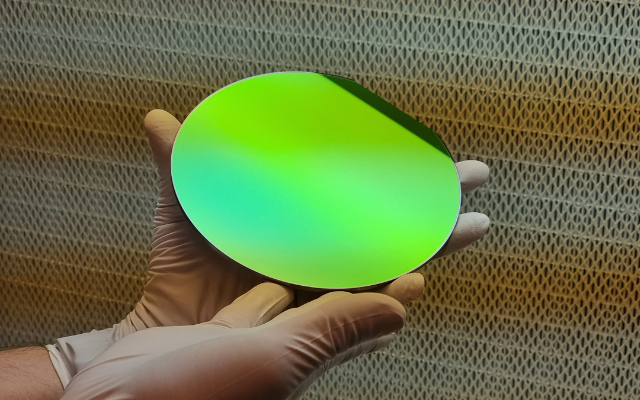
MEROPE: Combatting thermal deformation
TNO will coordinate the ET-MEROPE consortium: MEasuring and Rectifying Optical Phase Errors. ET’s optical system will contain several deformable mirrors to maintain the perfect state of lasers in the main cavity, free from any removable distortion and noise. But even the slightest temperature variations or laser absorption can cause deformations. A deformation of a picometre (one millionth of a micrometre) can affect ET’s accuracy.
Together with six leading organisations, we aim to address thermal distortion and achieve ultimate precision. The technologies developed are also expected to contribute to corrective optics that can help telescopes see through turbulent atmosphere, and even enable secure and fast laser ground-to-satellite communication.
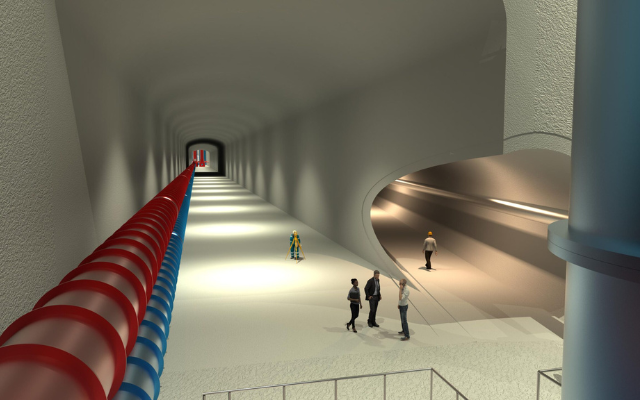
MACBETH: Developing cutting-edge vacuum technology
TNO has also been selected to coordinate the MACBETH consortium: MAnufacturing and Cleanliness of Beampipe for Einstein Telescope in High-vacuum. To eliminate as much environmental noise as possible, ET’s laser beams will travel through ultra-high vacuum beam pipes that prevent air, dust, and water vapour from interfering with the laser. Pressure inside the beam pipes is 5 x 10-11 mbar. The 120 kilometres of vacuum tunnels within ET will be the largest vacuum installation in the world.
The MACBETH consortium, consisting of TNO and six other partners, will develop and qualify the process for producing these vacuum beam pipes under exacting specifications. TNO will test a plasma technique to remove unwanted water from the inner wall of the beam pipe without externally heating the pipe. Results are expected to also achieve new insights for chip manufacturing.
Picture: ©Marco Kraan/Nikhef
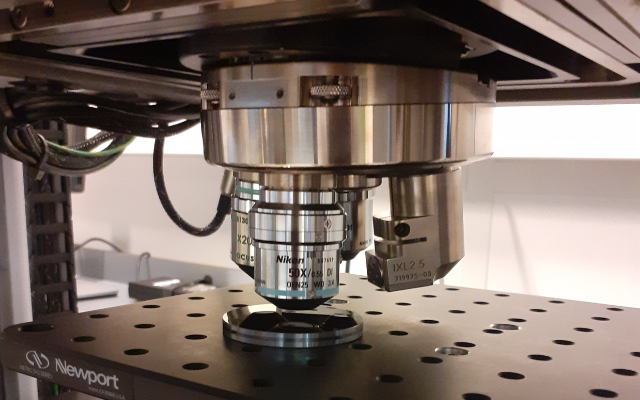
SPACE-ECHO: Addressing the Optics challenge
ET’s mirrors will be around 45 centimetres in diameter, weigh 200 to 300 kilogrammes, and must be polished to a flatness of ± 2 nanometres and a surface roughness below 0.1 nanometres. Special coatings and precision polishing will ensure 99.99995% reflectivity. To prevent vibration of the ET-LF (low frequency), the mirrors will be cooled to just above absolute zero: -250 to -260 degrees Celsius. Under those conditions, mirrors made of crystalline silicon perform better than the silicon dioxide mirrors used in ET’s predecessors.
With decades of experience in Optics technology, TNO joins coordinator cosine innovations and four other partners in SPACE-ECHO: Surface Polishing And Characterization, Enabling ET Cryogenic High-power Optics. The consortium will develop polishing methodologies, formulate the coatings, design systems to detect mirror defects, and more. Insights gained are expected to contribute to space telescopes, semiconductor innovation, materials research, and medical devices.
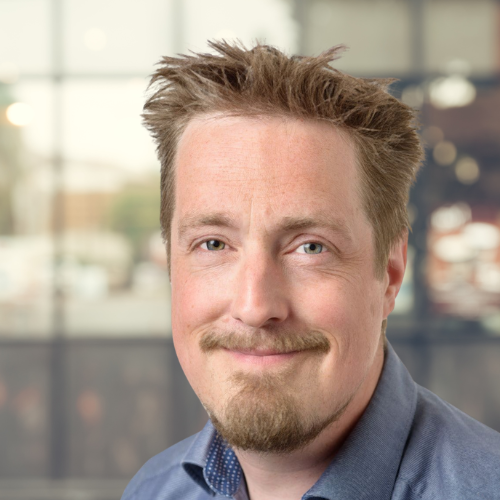
‘The knowledge we develop while working on ET can contribute to several high-tech industries and defence.’
Support from the start
Before construction can begin, an optimal location must be selected. Although ET will hardly be visible at ground level, the underground conditions must fulfil a long list of requirements for stillness, stability, and proximity to the right expertise. In addition to Italy and the German state of Saxony, the border area where the Netherlands, Belgium, and Germany meet is considered a viable location. In fact, Dutch Minister Beljaarts of Economic Affairs calls it ‘the ideal place for the ET’.
TNO is contributing to ET’s site selection with fiber-based optical sensing systems that will accurately map the subsurface terrain in the region, thereby supporting the possibility of bringing ET close to home.
Find out more
The journey towards the world’s most powerful gravitational wave telescope has begun. TNO remains dedicated to making it a reality. Contact us to learn more.
Header: ©Marco Kraan/Nikhef’
More about the Einstein Telescope
For more information about the Einstein Telescope, please visit the project website.
Get inspired
Laser projection systems
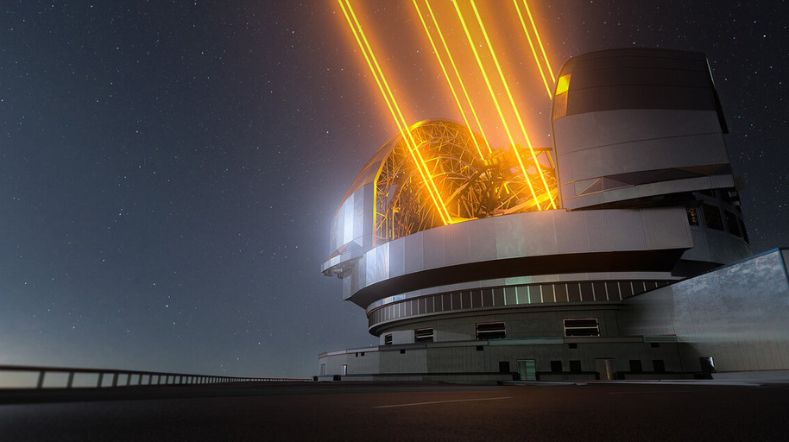

Deformable mirrors
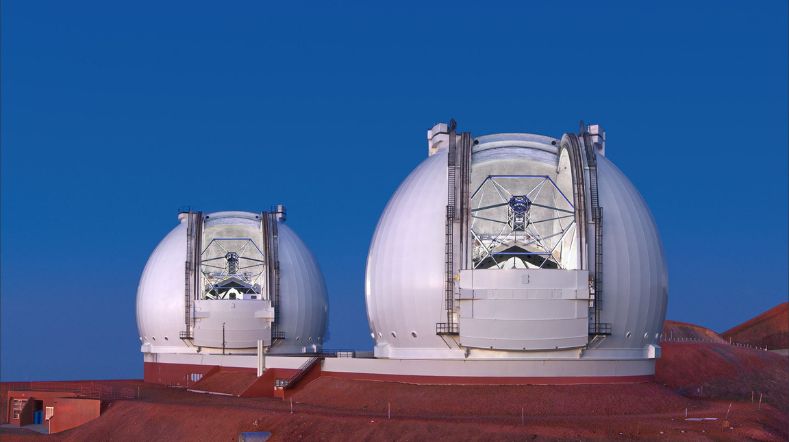

Ground-based astronomy


Jan Nijenhuis appointed Knight in the Order of the Lion of the Netherlands
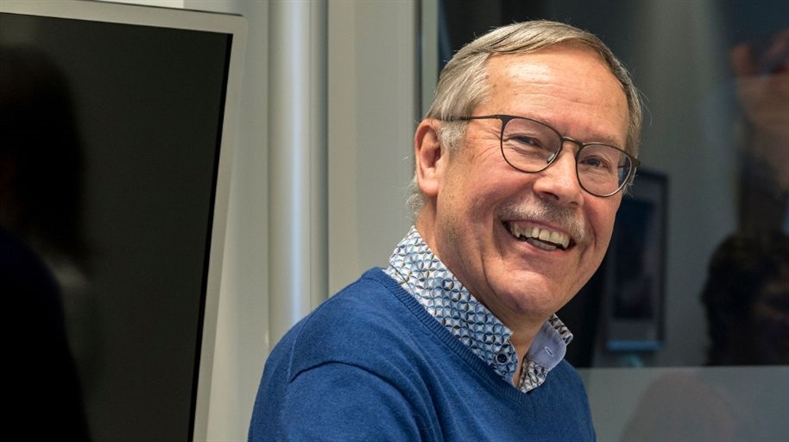

TNO is awarded conceptual design of the Gemini North Telescope’s Adaptive Optics Bench
